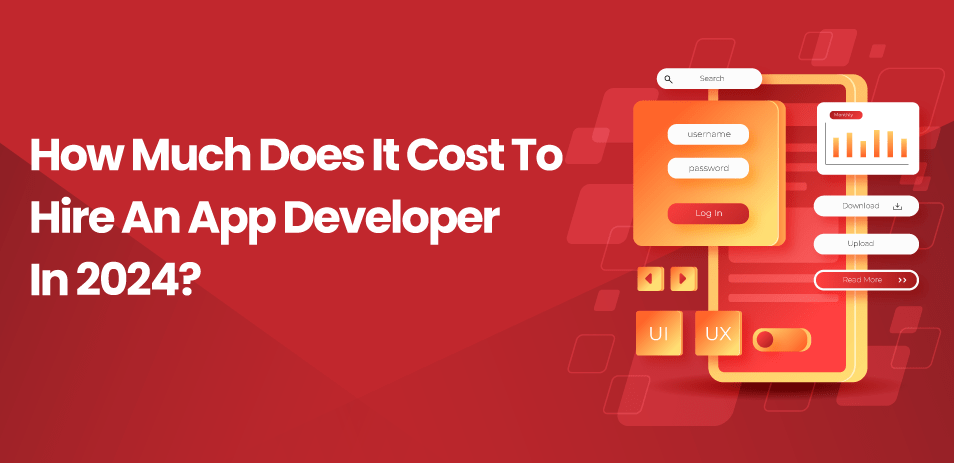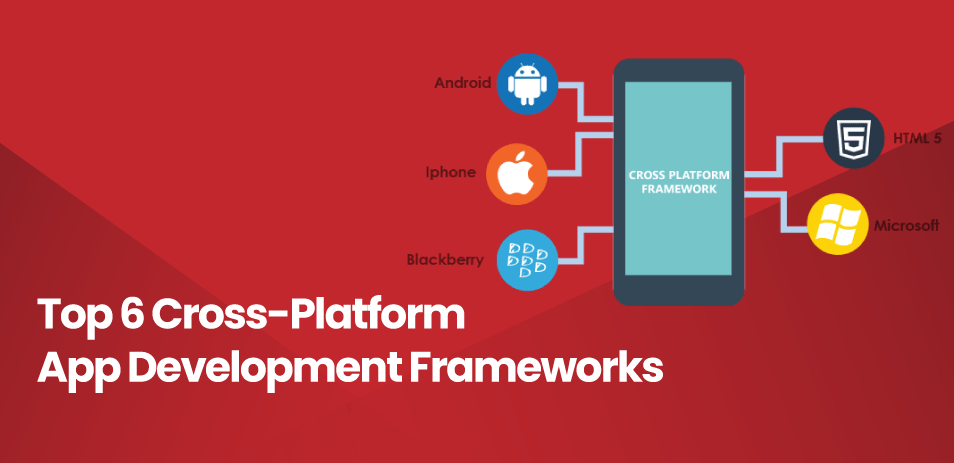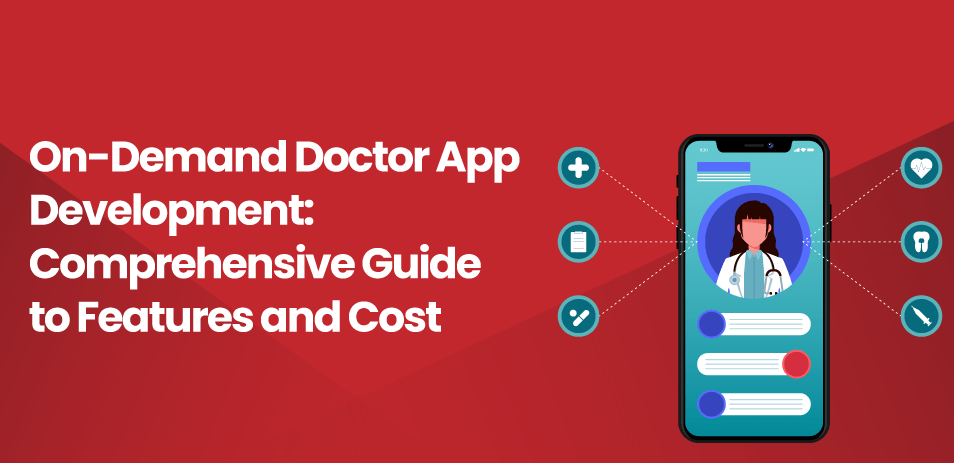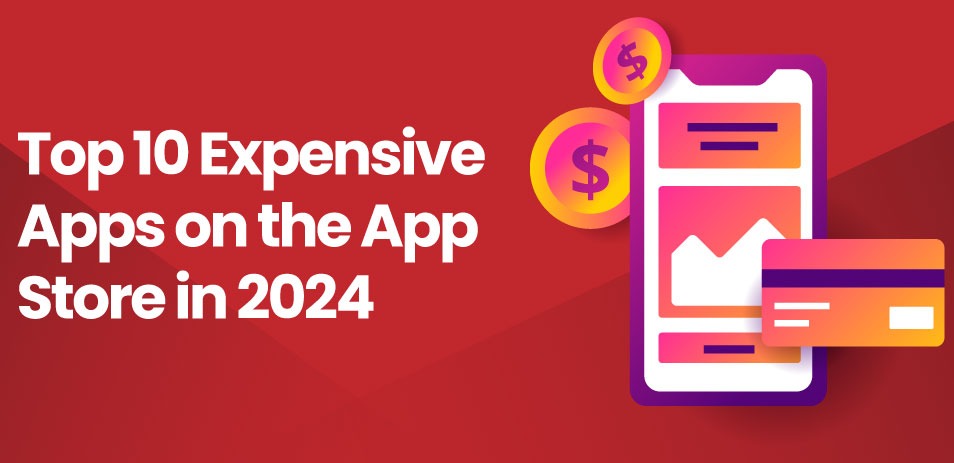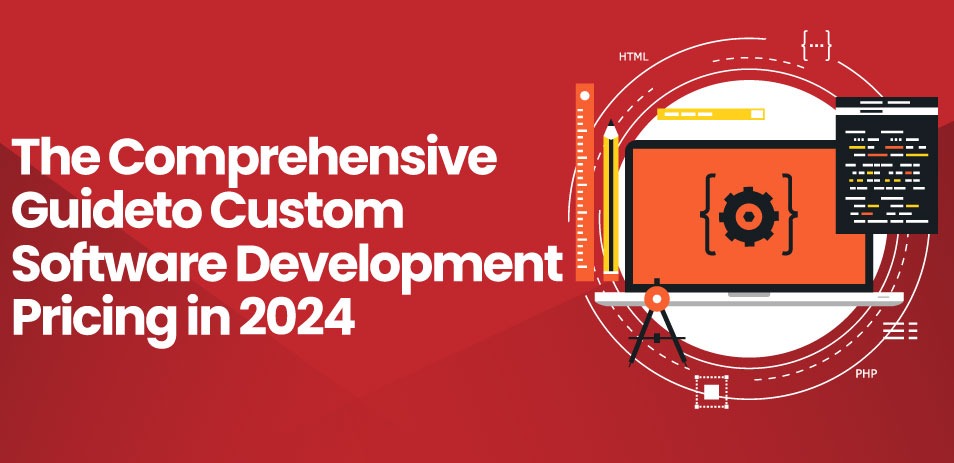We are living in an era where smartphones have become an indispensable part of our lives, the app development industry is experiencing an unprecedented boom. From social networking to e-commerce, entertainment to productivity, there seems to be an app for everything. With millions of apps available across various app stores, the demand for innovative and user-friendly applications is ever-increasing.
The app development industry has witnessed exponential growth over the past decade, fueled by advancements in technology, increasing smartphone penetration, and evolving consumer preferences. Mobile apps have revolutionized the way we communicate, work, shop, and entertain ourselves, offering convenience and accessibility at our fingertips.
From startups to multinational corporations, businesses of all sizes are harnessing the power of mobile apps to reach a wider audience, enhance customer engagement, and drive revenue growth. Whether it’s a gaming app captivating millions of users or a productivity app streamlining business operations, the potential for innovation in the app development space seems limitless.
Also Recommened: How To Make A Game: Your Complete Playbook For Making Mobile Games
Importance of Understanding the Cost To Hire An App Developer
While the prospect of developing a groundbreaking app is exciting, it’s essential to recognize that building a successful app requires careful planning and investment. One of the critical aspects that often determines the fate of an app project is its cost to hire an app developer. Understanding the financial implications of hiring an app developer is crucial for anyone embarking on the journey of app development.
Without a clear understanding of the cost to hire app developer, individuals and businesses risk overstretching their budgets, compromising on quality, or encountering unexpected expenses along the way. By gaining insights into the various factors influencing app development costs, stakeholders can make informed decisions, set realistic expectations, and allocate resources efficiently.
- The average cost of hiring an app developer in the US in 2024 is around $50 per hour.
- For an app with a basic user interface and a set of basic features, cost ranges from $16,000 to $32,000 in the US.
- A medium complexity app development project, costs between $32,000 and $48,000.
- For a complex app project, requires a minimum investment of $72,000, if not more.
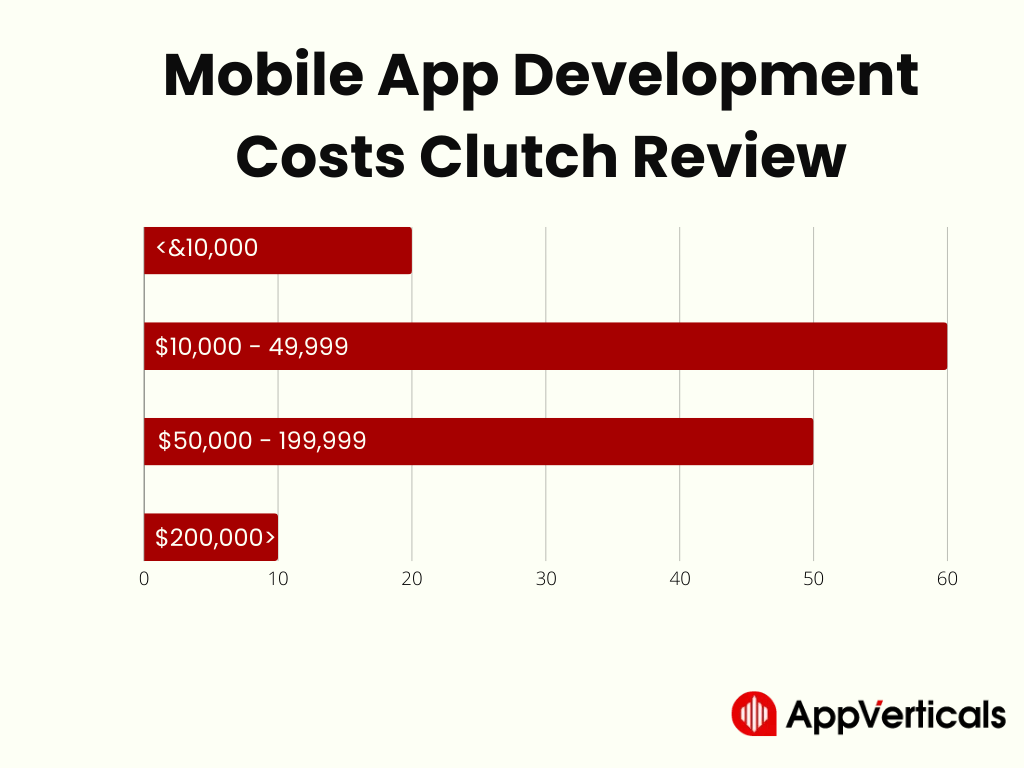
Mobile App Development Process
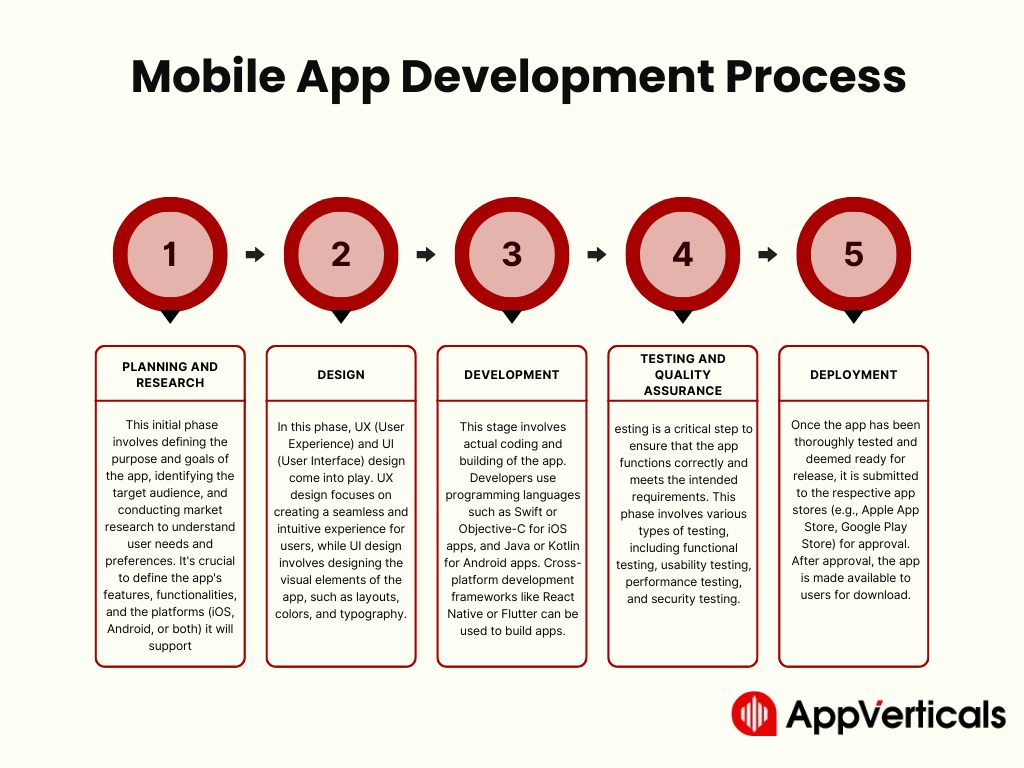
Factors Influencing App Development Costs
App development costs can vary significantly depending on several factors. Understanding these factors is crucial for accurately estimating the budget required for your app project. Here’s a detailed look at the key factors that influence app development costs:
1- Complexity of the App
- The complexity of the app is perhaps the most significant factor affecting development costs. Apps can range from simple, single-purpose applications to complex, multi-feature platforms.
- Simple apps with basic functionality, such as a calculator or flashlight app, are generally less expensive to develop compared to complex apps like social networks or e-commerce platforms.
- Complex apps often require more extensive planning, design, development, and testing efforts, leading to higher costs.
2- Platform
- The choice of platform—whether it’s iOS, Android, or cross-platform development—impacts development costs.
- Developing separate apps for different platforms typically increases costs compared to cross-platform development, where a single codebase can be used to deploy the app on multiple platforms.
- Each platform has its development requirements, SDKs, and design guidelines, which can influence development time and costs.
3- Design Complexity
- The design elements of an app, including user interface (UI) and user experience (UX) design, significantly impact development costs.
- Apps with intricate designs, animations, and custom graphics require more time and resources to develop compared to apps with simple designs.
- High-quality design is essential for creating engaging and intuitive user experiences but can contribute to higher development costs.
4- Features and Functionalities
- The number and complexity of features integrated into the app directly influence development costs.
- Basic functionalities like user authentication, push notifications, and data storage are standard features that most apps require.
- Advanced features such as geolocation tracking, in-app purchases, real-time messaging, and augmented reality add complexity to the development process and increase costs.
5- Integration Requirements
- If the app needs to integrate with third-party services, APIs, or hardware devices, development costs may increase.
- Seamless integration with external systems or devices requires additional development effort and may involve licensing fees or API usage costs.
- Complex integrations, such as payment gateways, social media APIs, or IoT devices, can impact both development time and costs.
6- Maintenance and Updates
- Beyond the initial development phase, ongoing maintenance, updates, and support are essential for ensuring the app’s longevity and performance.
- Factoring in the app developers cost associated with post-launch maintenance is crucial for budgeting and planning purposes.
- Regular updates are necessary to address bugs, security vulnerabilities, compatibility issues, and to introduce new features or improvements based on user feedback.
Need assistance navigating the complexities of app development costs?
Let our experts guide you through the process.
Yes Let’s goHow Much Does It Cost to Develop an App?
A. Basic App Development Cost
Simple functionality
- Apps with basic functionality, such as a calculator, flashlight, or note-taking app, fall into this category.
- Development efforts focus on implementing core features with minimal complexity.
- Features may include basic user authentication, simple data storage, and basic UI components.
- Development time is relatively short, leading to lower overall costs.
Minimal design complexity:
- The design of basic apps tends to be straightforward and utilitarian.
- Minimalistic UI elements and straightforward navigation enhance usability while keeping design costs low.
- Limited use of custom graphics, animations, or complex layout structures reduces design complexity and development time.
- Standard design templates or UI frameworks may be used to expedite the design process and reduce app developers cost further.
B. Medium Complexity App Development Cost
Moderate functionality
- Medium complexity apps offer more features and functionalities than basic apps but are not as extensive as high-complexity apps.
- Examples include social media apps, productivity tools, and e-commerce platforms with moderate feature sets.
- Development efforts focus on implementing a broader range of features to meet user needs and expectations.
- Features may include user profiles, social sharing, in-app messaging, payment processing, and advanced data management.
Average design complexity
- The design of medium complexity apps strikes a balance between aesthetics and usability.
- UI elements are more refined and visually appealing compared to basic apps, with greater attention to detail.
- Custom graphics, animations, and layout structures may be used to enhance the user experience without significantly increasing design complexity.
- Designers may employ a mix of standard design components and custom elements to create a unique and engaging app interface.
C. High Complexity App Development Cost
Advanced functionality:
- High complexity apps encompass sophisticated features and functionalities that require extensive development efforts.
- Examples include gaming apps, enterprise-level applications, and healthcare solutions with advanced data processing and analysis capabilities.
- Development efforts focus on implementing complex algorithms, real-time data synchronization, multimedia integration, and advanced user interactions.
- Features may include 3D graphics, augmented reality, artificial intelligence, complex database management, and integration with external systems and APIs.
High design complexity:
- The design of high complexity apps is visually stunning and immersive, with a strong emphasis on aesthetics and user engagement.
- Custom graphics, animations, and interactive elements are used extensively to create a rich and immersive user experience.
- Designers collaborate closely with developers to ensure seamless integration of design elements with app functionality.
- User interface (UI) and user experience (UX) design are carefully crafted to guide users through complex workflows and interactions, minimizing cognitive load and maximizing usability.
How Much Does it Cost to Hire an App Developer by Region?
App developer rates can vary significantly depending on where you look.
Location, Location, Location!
The biggest factor influencing developer rates is geography. Here’s a breakdown of average hourly rates for app developers in Dallas and different regions:
North America (US & Canada)
This region boasts some of the highest developer rates, with averages ranging from $37 to $77 per hour (USD). Rates can differ slightly between the US and Canada. In the US, expect a slightly higher average, with rates ranging from $40 to $80 per hour. This can be attributed to factors like a higher app developers cost of living in major tech hubs like San Francisco or New York City. Canada offers a more competitive range, typically between $31 and $65 per hour. Cities like Toronto or Vancouver might see rates closer to the US average, while smaller towns could offer more affordable options.
Within North America, developer experience heavily influences rates. Junior developers with less than two years of experience might command rates at the lower end of the spectrum, around $37 to $50 per hour. Mid-level developers with 2-5 years of experience can expect rates in the $50 to $70 range. Senior developers with proven track records and expertise in specific technologies will fetch the highest rates, potentially exceeding $77 per hour.
Western Europe
Western Europe offers a compelling alternative to North American developer rates. Here, you’ll find a strong talent pool with a good balance between affordability and expertise. While the average hourly rate sits between $40 and $70 (USD), let’s delve deeper into the factors influencing these app developers cost:
- Country-Specific Variations: Rates can differ significantly across Western European nations. Here’s a glimpse:
- Powerhouses like Switzerland and Germany: These countries boast high developer salaries, leading to hourly rates on the higher end of the spectrum, potentially reaching $70 or above. This reflects a strong economy, a high app developer cost of living, and a concentration of skilled developers.
- The Balanced Options: Countries like France, the Netherlands, and the UK offer a good middle ground. Here, average rates typically fall between $45 and $60 per hour. You’ll find a mix of experienced developers and a competitive market, providing flexibility in cost and talent selection.
Eastern Europe
Eastern Europe has emerged as a popular destination for businesses seeking skilled app developers at competitive rates. This region offers a sweet spot between affordability and expertise, with average hourly rates ranging from $30 to $50 (USD). Let’s explore what makes Eastern Europe such an attractive option for app development:
Compared to North America and Western Europe, Eastern Europe offers significant cost savings. This makes it an appealing choice for startups, small businesses, or those with budget constraints. The lower cost of living in the region translates to lower developer salaries, ultimately reflected in the pricing.
Eastern Europe boasts a large pool of highly skilled and educated developers. Many universities in the region produce graduates well-versed in computer science and the latest technologies. This ensures access to a talented workforce capable of tackling complex app development projects.
Southeast Asia (India, Philippines, Vietnam)
Southeast Asia, encompassing countries like India, Philippines, and Vietnam, has become a game-changer in the app development landscape. Here, you’ll find some of the most competitive developer rates globally, with averages ranging from a budget-friendly $8 to $45 per hour (USD). Let’s delve deeper into what makes this region a hotspot for cost-conscious app development:
The most significant draw of Southeast Asia is the affordability factor. Compared to North America and Western Europe, developer rates here can be significantly lower. This makes it an ideal choice for startups, small and medium-sized businesses, or those with strict budgetary constraints.
Southeast Asia is nurturing a rapidly growing pool of skilled app developers. Many universities in the region churn out graduates well-versed in computer science and adept at the latest technologies. This translates to a readily available workforce capable of handling diverse app development projects.
Ready to bring your app idea to life in Dallas?
Let’s find the perfect app developer for your project.
Yes Let’s goDifferent Pricing Models Used By App Developers
| Pricing Model | Description | Pros | Cons |
| Fixed Price Model | – Project scoped out in detail, fixed price agreed upon. | – Cost certainty for clients. – Clear budget planning. | – Conflicts may arise from scope changes. – Limited flexibility for changes during development. |
| Time and Material | – Clients billed based on actual hours worked and materials used. | – Flexibility to accommodate changes. – Transparency in costs. | – Higher costs if project scope expands significantly. – Potential inefficiencies in development may increase costs. |
| Dedicated Team | – Clients hire dedicated team of developers for project. – Full control over team, ability to scale resources. | – Flexibility and agility. – Access to specialized skills. | – Requires active involvement in project management. – Cost may be higher compared to other models. |
| Hybrid Model | – Combines fixed price and time/material elements. – Initial phases fixed price, subsequent phases billed on time/material basis. | – Balance between cost certainty and flexibility. – Suitable for projects with evolving requirements. | – Requires careful planning and communication. – Transition between phases may require adjustments in project management. |
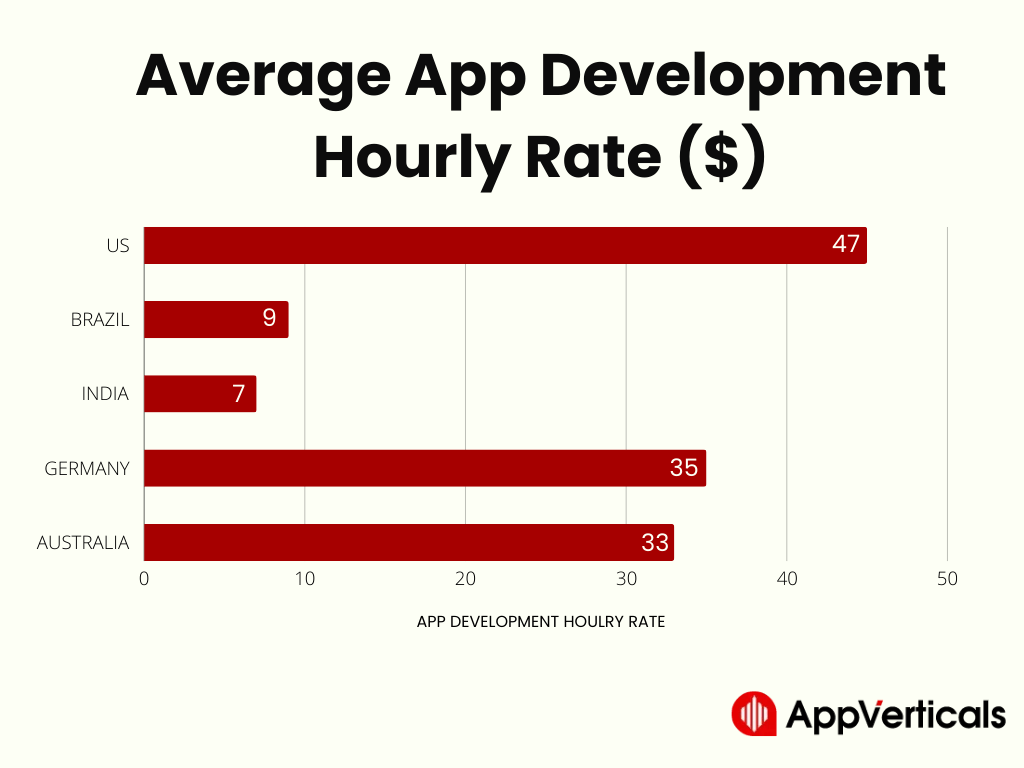
Additional Costs Associated with Hiring an App Developer
When embarking on an app development journey, it’s crucial to consider the additional costs beyond the core development process. These supplementary expenses play a vital role in the overall success and sustainability of your app. Let’s explore these costs in detail:
A. App Maintenance and Updates
App maintenance is an ongoing commitment to keep your app functional, secure, and up-to-date. It involves regular updates, bug fixes, and performance optimizations to ensure a seamless user experience. While the initial development phase may focus on creating the app’s core functionality, ongoing maintenance is essential for addressing evolving user needs, platform updates, and emerging security threats. Depending on the complexity of your app and the frequency of updates required, maintenance costs can vary significantly.
B. App Hosting and Infrastructure Costs
Hosting and infrastructure costs are incurred for storing app data and serving content to users. The choice of hosting provider, server infrastructure, and data storage solutions can impact the scalability, performance, and reliability of your app. Factors such as server capacity, bandwidth usage, and data transfer fees contribute to hosting costs. As your app grows in popularity and user base, scalability becomes a crucial consideration to accommodate increasing demand while ensuring optimal performance.
C. Third-party Services and Integrations
Integrating third-party services and APIs into your app can enhance its functionality and user experience. Common examples include payment gateways, social media APIs, analytics platforms, and cloud storage providers. While leveraging these services can expedite development and add value to your app, it’s essential to budget for licensing fees, usage charges, and API access costs. Additionally, dependencies on external services may introduce risks related to service outages, changes in APIs, or data security breaches.
D. Quality Assurance and Testing
Quality assurance (QA) and testing are critical phases of the app development lifecycle to ensure that your app meets quality standards and performs as expected. Testing encompasses various activities, including manual and automated testing, device testing, compatibility testing, and security testing. Investing in thorough QA and testing helps identify and address issues early in the development process, reducing the risk of costly errors, negative user experiences, and reputational damage post-launch.
E. Post-launch Marketing and Promotion
Launching your app is just the beginning of its journey. To attract users and drive adoption, you’ll need to invest in post-launch marketing and promotion efforts. This may include app store optimization (ASO), digital advertising campaigns, social media marketing, influencer partnerships, and public relations initiatives. Building brand awareness, generating user engagement, and acquiring new users require strategic marketing initiatives and ongoing investment to stand out in the competitive app marketplace.
Strategies to Reduce App Development Costs
Developing an app can be a substantial investment, but there are strategies to help mitigate app developer cost without compromising quality. Let’s explore some effective approaches to reduce app development expenses:
Prioritize Features
One of the most effective ways to manage app development costs is to prioritize features based on their importance and impact on user experience. Identify core functionalities that are essential for the app’s purpose and focus on implementing them first. By starting with a minimum viable product (MVP) and gradually adding features based on user feedback and resource availability, you can optimize development efforts and allocate resources more efficiently.
Opt for Cross-Platform Development
Instead of developing separate native apps for different platforms like iOS and Android, consider adopting cross-platform development frameworks such as React Native, Flutter, or Xamarin. These frameworks allow developers to write code once and deploy it across multiple platforms, reducing development time and costs. While cross-platform development may not offer the same level of performance or platform-specific features as native development, it provides a cost-effective solution for reaching a broader audience.
Use Pre-built Solutions and Templates
Take advantage of pre-built solutions, libraries, and templates to streamline development and reduce app developer cost. Many open-source libraries and third-party services offer ready-made components and functionalities that can be integrated into your app with minimal effort. Whether it’s UI components, backend services, or analytics tools, leveraging existing solutions can save time and resources compared to building everything from scratch. However, ensure compatibility and quality when selecting third-party solutions to avoid potential issues down the line.
Outsource vs. In-house Development: Pros and Cons
Consider the pros and cons of outsourcing app development to external agencies or freelancers versus keeping development in-house. Outsourcing can be cost-effective, especially for short-term or specialized projects, as it allows you to tap into external expertise without the overhead of hiring full-time employees. However, outsourcing may introduce communication challenges, quality control issues, and dependency on external vendors. In-house development offers greater control and flexibility but may require higher upfront investment in hiring and infrastructure.
Negotiation Tips when Hiring an App Developer
When hiring an app developer, negotiation skills can play a crucial role in securing a favorable deal and maximizing value for your investment. Here are some tips for effective negotiation:
- Clearly define your project requirements, budget constraints, and timeline expectations upfront to set realistic expectations.
- Request detailed proposals and estimates from multiple developers or agencies to compare pricing and services.
- Negotiate pricing based on the scope of work, project complexity, and desired outcomes rather than accepting a one-size-fits-all pricing model.
- Consider alternative payment structures such as milestone-based payments or revenue-sharing agreements to align incentives and mitigate risks.
- Build a collaborative relationship with your chosen developer or agency based on trust, transparency, and open communication to foster a successful partnership.
Ready to embark on your app development journey?
Let’s connect you with skilled app developers who can turn your vision into reality.
Yes Let’s goConclusion
Understanding the cost to hire app developer is essential for anyone embarking on an app development journey. The booming app development industry offers immense opportunities for innovation and growth, but it also comes with financial considerations that must be carefully managed. By comprehensively analyzing the factors that influence app development costs, individuals and businesses can make informed decisions, set realistic budgets, and ensure the successful delivery of their app projects.
From the complexity of the app and choice of platform to design considerations, integration requirements, and post-launch expenses, there are various factors to consider when estimating app development costs. Additionally, strategies such as prioritizing features, opting for cross-platform development, leveraging pre-built solutions, and negotiating effectively with app developers can help reduce costs without compromising quality or functionality.
Finding the right balance between app developer cost and quality is crucial in app development. While it may be tempting to cut corners to save money, investing in the necessary resources and expertise is essential for building a successful and sustainable app. By carefully managing costs, prioritizing investments, and leveraging cost-saving strategies, individuals and businesses can maximize the value of their app development endeavors and achieve their goals in the competitive app marketplace.
FAQs
How much does it cost to hire someone to build an app?
The cost of hiring someone to build an app varies widely based on factors like complexity, features, platform, and developer expertise. It could range from a few thousand dollars for a simple app to hundreds of thousands for a complex project.
What are the typical rates for freelance app developers?
Typical rates for freelance app developers vary based on factors like experience, location, and project complexity. On average, rates can range from $25 to $150 per hour, with some charging higher rates for specialized skills.
What are the average hourly rates for hiring app developers?
The average hourly rates for hiring app developers vary depending on factors like location, experience, and expertise. Generally, rates range from $50 to $150 per hour, with some experienced developers charging higher rates.

